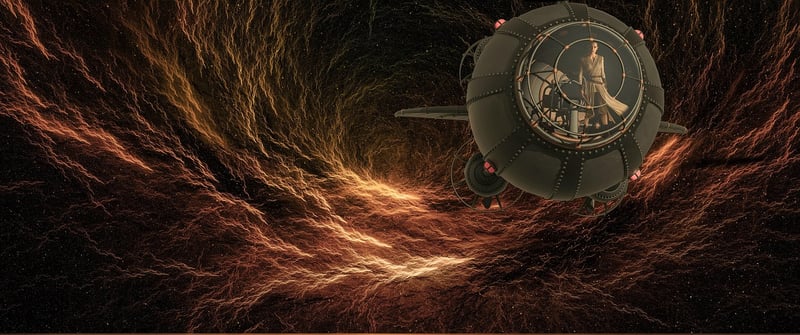Causality Loops
Avoiding Time Conflicts and Causality Loops
Time travel has been a popular concept in science fiction for decades, but it often introduces the possibility of time conflicts and causality loops. Understanding how these paradoxes work can help us navigate the complexities of time travel scenarios in storytelling and theoretical physics.
Time Conflicts
Time conflicts occur when an event in the past is altered, creating a contradiction with the present or future. This paradox raises questions about the consistency of time and the potential for multiple timelines to exist simultaneously.
Examples of Time Conflicts:
- Grandfather Paradox
- Bootstrap Paradox
- Predestination Paradox
To avoid time conflicts, storytellers often introduce mechanisms like fixed timelines, parallel universes, or self-healing time loops to maintain narrative coherence.
Causality Loops
Causality loops, also known as closed timelike curves, occur when an event influences itself either directly or indirectly. This loop creates a cycle where the cause is also the effect, leading to logical inconsistencies.
How to Avoid Causality Loops:
- Implementing the Novikov self-consistency principle
- Introducing external interventions to break the loop
- Considering the role of free will in altering the loop
By understanding the principles of causality loops, writers and scientists can explore the implications of time travel without falling into paradoxical traps.

Time travel will continue to captivate our imagination, pushing the boundaries of what is possible within the constraints of time and causality. Navigating through the intricacies of time conflicts and causality loops requires careful consideration and creative solutions to maintain coherence and logic within the narrative or theoretical framework.
